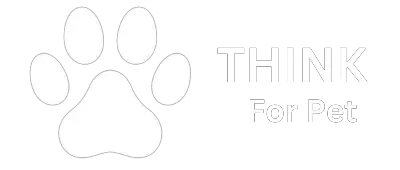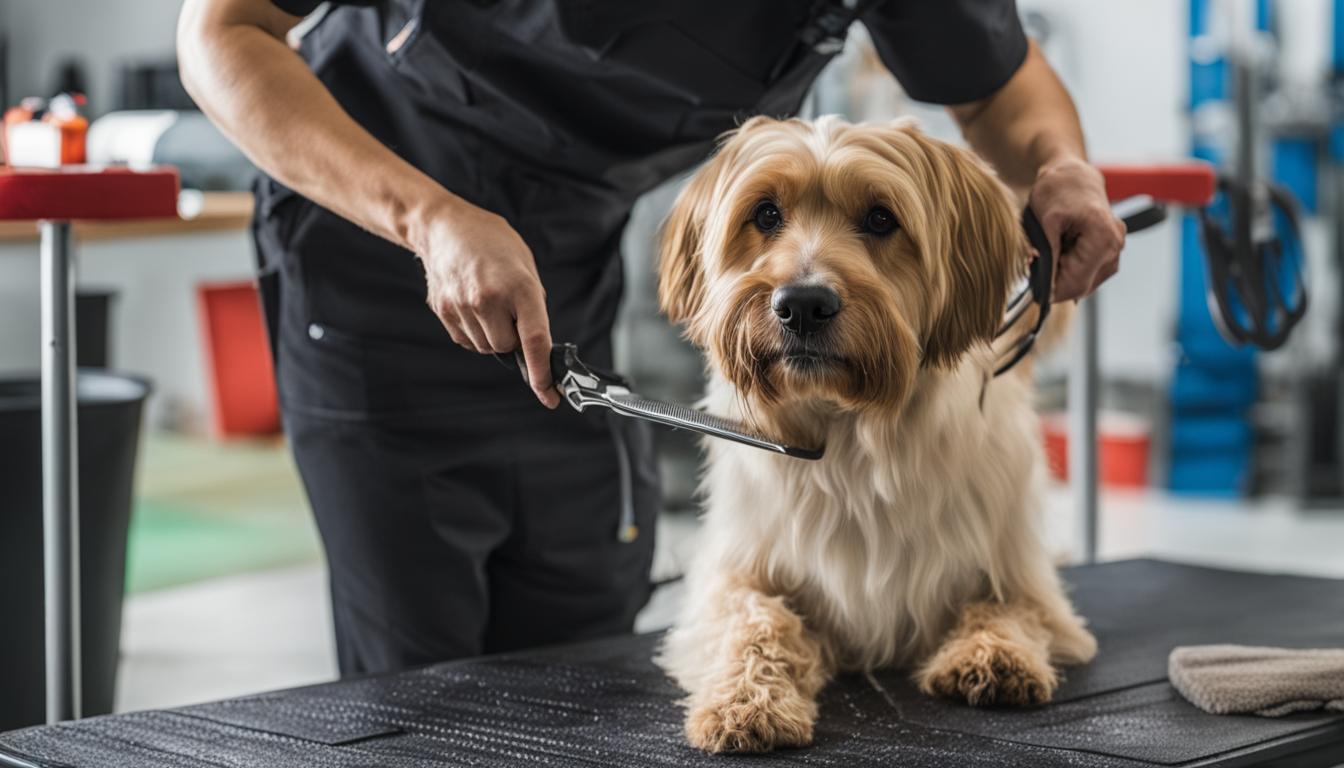Figuring out how to restrain a dog for grooming is essential for both you and your pet’s safety and comfort. Every dog is unique in its own way, and knowing the best dog grooming restraint techniques can help simplify the task while ensuring a calm and gentle experience. In this section, we will discuss various methods for safe dog handling for grooming, How To Restrain A Dog With A Towel including the use of muzzles and lifting techniques for dogs of all sizes.
Key Takeaways
- Assessing your dog’s temperament before grooming is crucial for both you and your pet’s safety.
- Consider using a muzzle as a precaution for more anxious or aggressive dogs during the grooming process.
- Practice lifting and restraining techniques, such as standing or sitting model dog, for a better understanding of safe dog handling.
- Ensure you apply the minimum amount of restraint necessary while preventing potential bites and injuries.
- Always implement safe lifting techniques, like bending your knees and keeping your back straight when lifting dogs, to avoid causing harm to both yourself and your dog.
Understanding Your Dog's Grooming Needs
Grooming needs vary greatly among different dogs, depending on factors such as breed, size, and behavior. Familiarizing yourself with your dog’s individual requirements is an essential part of ensuring their health and wellbeing. In this section, we will explore the basics of identifying your dog’s specific grooming needs and understanding their temperament for grooming, as well as the importance of dog grooming safety.
First and foremost, it’s essential to be able to read and interpret your dog’s body language and cues during the grooming process. Signs of discomfort or anxiety may include:
- Squirming
- Growling
- Whining
- Panting
- Wide-eyed or averted gaze
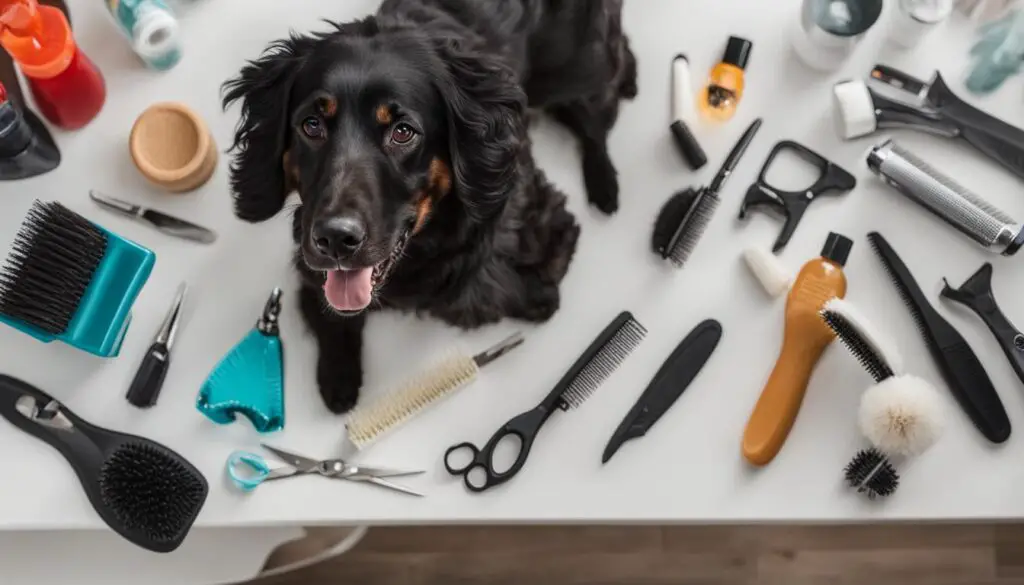
If your dog exhibits any of these signs, take a moment to reassess the situation and consider the best course of action to alleviate their stress. This might involve taking a break to offer reassurance and comfort or adjusting your grooming techniques to better suit their disposition.
Always prioritize safety for both you and your dog during grooming sessions. This means using minimal restraint to keep the dog still, while also preventing any risk of injury to yourself or the dog. Factors to take into consideration include:
- Choosing either a standing or sitting position for your dog during grooming. Observe their preferences and avoid forcing them into a position that is uncomfortable for them.
- Implementing necessary precautions, such as using a grooming table with a secure non-slip surface and a restraint system designed for dogs.
- Regularly checking your grooming tools and equipment, ensuring that they are clean, well-maintained, and appropriate for your dog’s breed, size, and coat type.
In conclusion, understanding your dog’s unique grooming needs and being aware of their individual temperament is vital for ensuring a safe, comfortable, and positive experience for both you and your dog. By paying attention to these factors, you’ll be well on your way to mastering the essentials of dog grooming.
Understanding Your Dog's Behavior During Grooming
Grooming can be a stressful experience for many dogs, and understanding their behavior is key to ensuring a smooth process. This section delves into the common signs of stress and discomfort dogs exhibit during grooming. By learning to read these signals, you can adjust your techniques to keep your dog calm and cooperative. We’ll explore how to interpret body language, recognize signs of anxiety, and understand the reasons behind certain behaviors. With this knowledge, you can create a more positive grooming experience for your pet.
Recognizing Signs of Stress and Anxiety
Familiarize yourself with the indicators of stress in dogs, such as panting, whining, or attempting to escape. Understanding these signs helps in adjusting your grooming methods to reduce anxiety.
Preparing Your Space and Equipment for Dog Grooming
Choosing the correct grooming tools is a crucial step in achieving a successful and stress-free grooming session. Begin by creating a grooming equipment list to ensure that you have all the appropriate dog grooming tools at your disposal.
Some essential items that should be included on your list are:
- Muzzle
- Grooming brushes and combs
- Scissors and clippers
- Nail trimmers or grinders
- Restraint devices like no-sit haunch holders and grooming loops
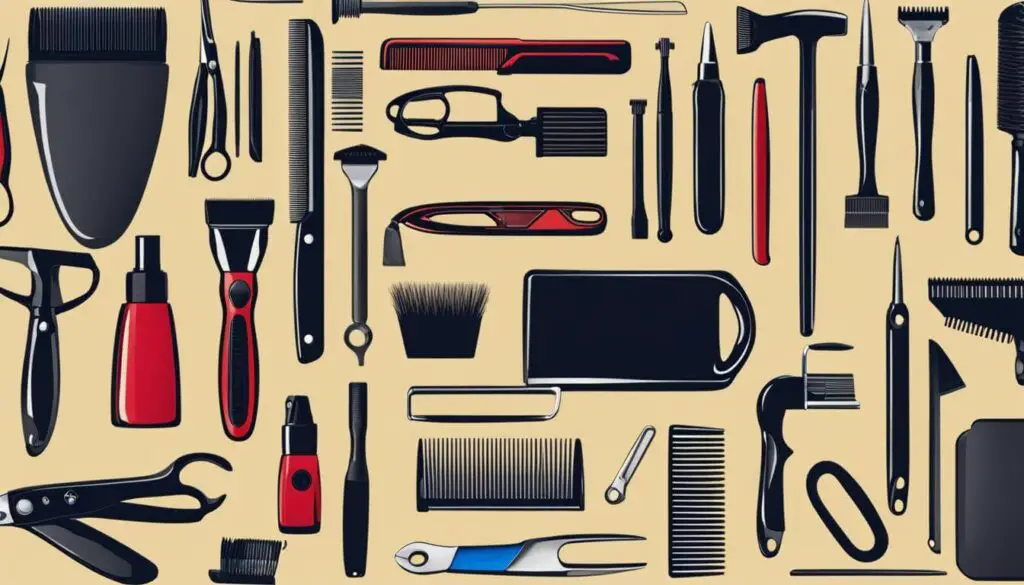
Creating a Safe and Comfortable Grooming Area
A critical aspect of grooming is establishing a safe grooming environment to make your dog feel secure and at ease. Start by placing a non-slip mat for dog grooming on the floor or table, which will prevent your dog from sliding and possibly getting hurt.
Set up your comfortable grooming setup in a familiar, quiet area where your dog feels relaxed, with all the grooming tools readily available before starting the grooming session. This will help to reduce anxiety for both you and your pet during the grooming process.
Introduction to Restraint Equipment and Their Proper Use
When it comes to restraint equipment like dog grooming restraint devices and no-sit haunch holders, it is essential to consider the proper use of restraint equipment and introduce them to your dog gradually. This can be achieved through positive reinforcement strategies, such as using treats and verbal praise.
- First, let your dog sniff and inspect the restraint device before putting it on.
- Use treats and encouragement to help the dog associate the restraint with positive experiences.
- Once the dog is more comfortable with the device, introduce restraint equipment during grooming sessions, adjusting them to ensure that your dog remains safe and secure.
Always remember to communicate calmly and avoid using restraints as a form of punishment. Instead, focus on creating a positive and enjoyable experience for your dog, which will result in more manageable grooming sessions in the future.
Grooming Techniques for Cooperative and Uncooperative Dogs
There is a range of techniques for dog grooming that you can use to handle both cooperative and uncooperative dogs. Let’s explore these methods to help make the grooming process a more pleasant experience for both you and your pet.
For cooperative dogs, using the standard hold or lateral hold grooming straps helps to manage shedding without creating choking hazards. These methods provide comfort and support for your pet during the grooming process:
- Standard hold: Place one hand under the dog’s chest, and the other hand supporting the dog’s back end. This will help to keep the dog steady as you groom them.
- Lateral hold: With your dog lying on their side, hold the dog with one hand under the neck and the other hand supporting the back legs. This position is ideal for grooming sensitive areas or managing mats in the dog’s fur.
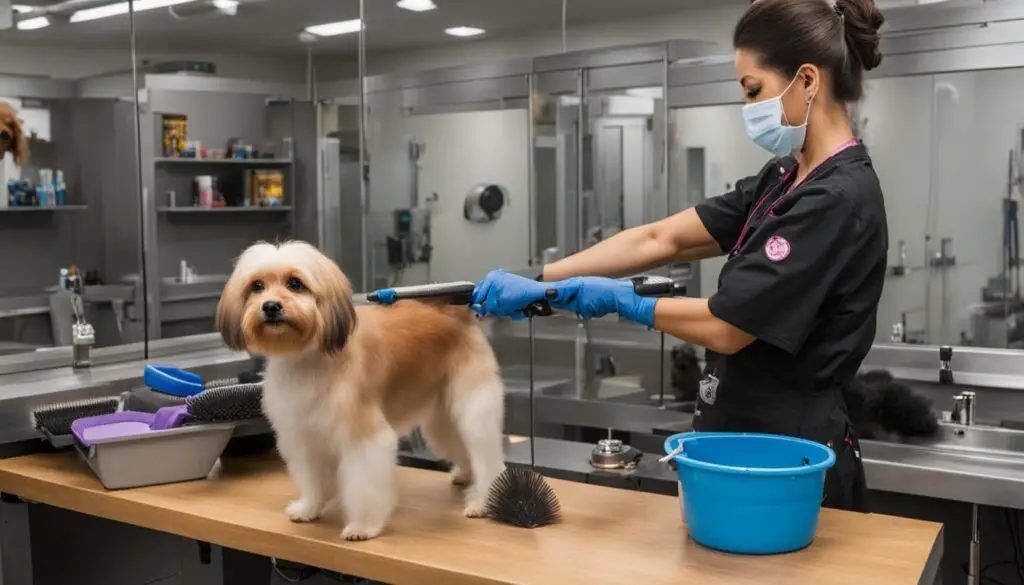
For cooperative dogs, using the standard hold or lateral hold grooming straps helps to manage shedding without creating choking hazards. These methods provide comfort and support for your pet during the grooming process:
- Standard hold: Place one hand under the dog’s chest, and the other hand supporting the dog’s back end. This will help to keep the dog steady as you groom them.
- Lateral hold: With your dog lying on their side, hold the dog with one hand under the neck and the other hand supporting the back legs. This position is ideal for grooming sensitive areas or managing mats in the dog’s fur.
In the case of uncooperative dogs, using the lateral hold leash provides comfort and control to the dog during grooming. It’s essential to recognize the signs of an anxious or uncooperative dog and adapt your techniques accordingly. Here are some calming aids and strategies for dealing with more challenging grooming situations:
- Restraint capes: These adjustable capes are designed to provide gentle calming pressure on the dog’s body, helping to reduce anxiety and increase cooperation during grooming.
- Specially designed grooming tables: Choose a grooming table with a non-slip surface and adjustable height to accommodate your dog’s size and breed, ensuring a comfortable grooming experience.
- Calming treats or pheromone sprays: These can help to lower your dog’s stress levels, making them more receptive to grooming.
- Gradual introduction to grooming: Slowly introduce your dog to the grooming process, with treats and praise for positive reinforcement, building trust and cooperation over time.
Remember, patience is key when dealing with uncooperative dogs. Establishing trust and using appropriate techniques for dog grooming will help create a more enjoyable grooming experience for both you and your pet.
Final Words
Adopting the best practices for dog grooming is essential for ensuring a positive and stress-free experience for both you and your canine companion. By understanding your dog’s grooming needs and creating a comfortable, well-prepared environment, you can foster a sense of trust and cooperation, making the grooming process a rewarding one for all involved.
Utilizing the proper restraint techniques and tools plays a crucial role in achieving stress-free grooming sessions. This involves being mindful of your dog’s temperament, making adjustments as needed, and avoiding any actions that may cause anxiety or discomfort. Consider investing in specially designed grooming equipment, as well as seeking dog grooming guidance from professionals in order to refine your skills and enhance your pet’s grooming experience.
In conclusion, by maintaining a positive attitude, consistently employing the right methods and tools, and tailoring the grooming process to your dog’s individual preferences, you can promote a successful and stress-free grooming routine for you and your furry friend.
Frequently Asked Questions (FAQs)
What is the best way to restrain a dog safely during grooming?
Answer: Use a non-slip mat and a grooming harness or leash. Always ensure restraints are not too tight and that your dog is comfortable.
How can I calm my dog before starting the grooming session?
Answer: Use calming techniques like gentle petting, speaking in a soft voice, offering treats, and creating a quiet environment. Familiarizing your dog with grooming tools beforehand can also help.
What are the signs that my dog is stressed during grooming?
Answer: Signs of stress include excessive panting, drooling, trembling, whining, or trying to escape. If you notice these signs, take a break and try to calm your dog.
How can I make grooming a positive experience for my dog?
Answer: Start grooming sessions when your dog is young, keep sessions short and pleasant, use lots of praise and treats, and avoid forceful handling.
Can I use human grooming products on my dog?
Answer: It’s not recommended as dogs have different skin pH levels than humans. Always use dog-specific grooming products.
How do I prepare my space and equipment for dog grooming?
Preparing your space involves creating a safe and comfortable grooming environment, such as using a non-slip mat, setting up in a familiar area, and having all necessary materials readily available. Moreover, it is essential to assess and select the right tools, including a muzzle, no-sit haunch holders, and grooming loops, according to your dog’s size and temperament.
